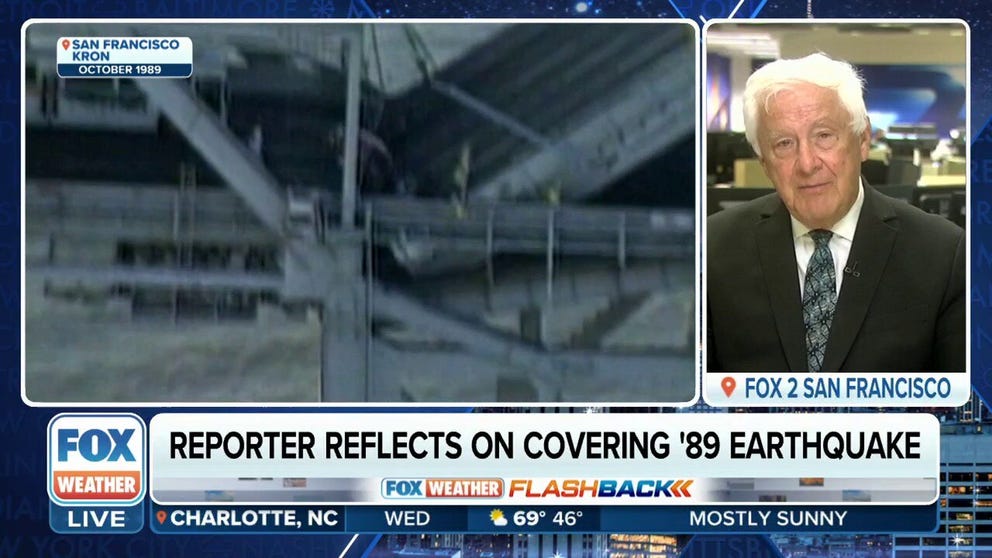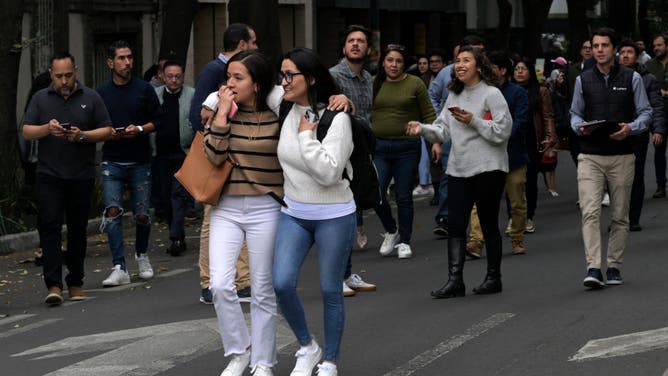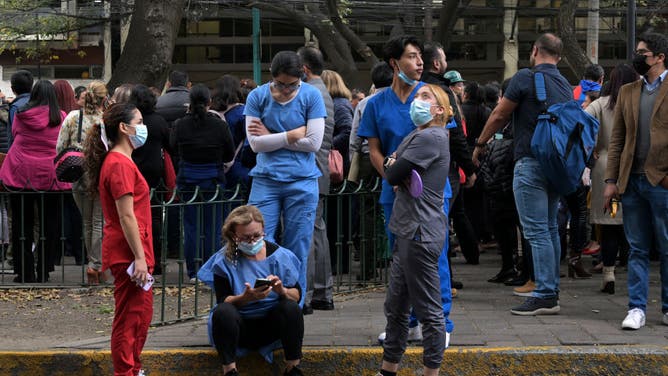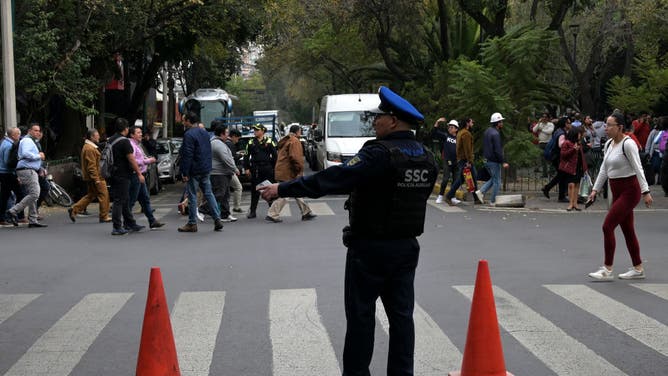5.8 magnitude earthquake rattles Mexico City
Earthquakes and volcanic eruptions are common in Mexico, as the county lies on the eastern side of what is known as the “Ring of Fire." The USGS estimates that 90% of earthquakes occur in the ring that runs from New Zealand through South America.
FILE: Reporter reflects on covering 1989 Loma Prieta earthquake in California
FOX 2 San Francisco reporter Tom Vacar joined FOX Weather on Tuesday night to reflect on his memories of covering the powerful magnitude 6.9 Loma Prieta earthquake that struck in 1989.
MEXICO CITY – A magnitude 5.8 earthquake rattled central Mexico on Thursday afternoon, shaking buildings in Mexico City and triggering early-warning networks.
The U.S. Geological Survey reported the moderate quake was centered less than 100 miles southeast of Mexico City near the town of Chiautla de Tapia.
Video posted to social media showed evacuations of skyscrapers in the heart of the city of nearly 9 million residents.
Mexico’s National Center for Communication and Civil Protection reported it had not received any damage reports from the states in the central part of the country.
Mexico's President Andrés Manuel was informed about the earthquake but said the shaking was not strong.
Mexico City Mayor Martí Batres said he had not received any reports of significant damage. He said that after the shaking, workers were allowed back into buildings.
Batres also said that due to the location of the epicenter, the early-warning networks sounded quickly.
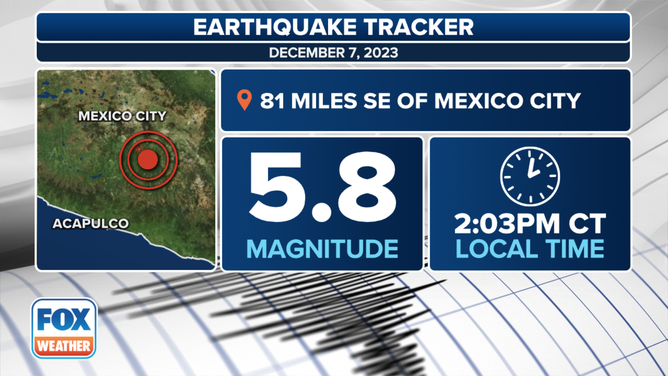
A 5.8-magnitude earthquake occurred on Thursday, December 7, 2023
The USGS considers a 5.8 quake to be moderate and capable of producing minor damage to buildings. Items such as dishes and windows may be broken, especially if objects are dislodged into them.
Due to the nature of the quake, tsunami alerts were not issued for the coastline. The country’s government said there was no risk from unusual tides.
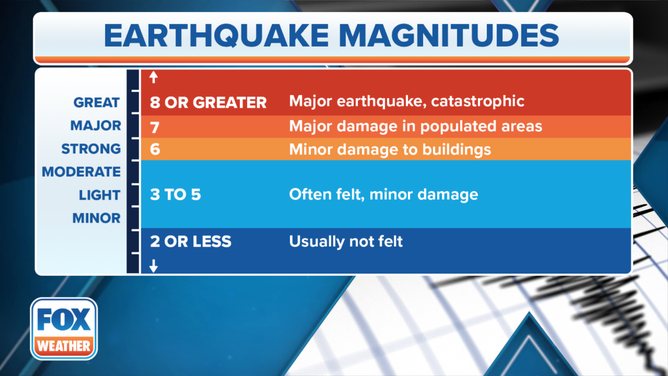
Earthquake scale
(FOX Weather)
THESE ARE THE WORLD’S MOST POWERFUL EARTHQUAKES ON RECORD
Earthquakes and volcanic eruptions are common in Mexico, as the country lies on the eastern side of what is known as the "Ring of Fire." The USGS estimates that 90% of earthquakes occur in the ring that runs from New Zealand through South America.
Within the last 24 hours, several other quakes have been reported in the South Pacific, Hawaii and Alaska, but geologists have long maintained that similar-type events are not connected.
"The Ring of Fire was a name that was coined when someone realized there were a lot of volcanoes around the Pacific, but before plate tectonics, they couldn’t explain it," world-renowned seismologist Lucy Jones, Ph.D., previously stated. "Data shows events along the Ring of Fire are not correlated in time. We’ve looked for correlation across distance, and we just don’t find it."
